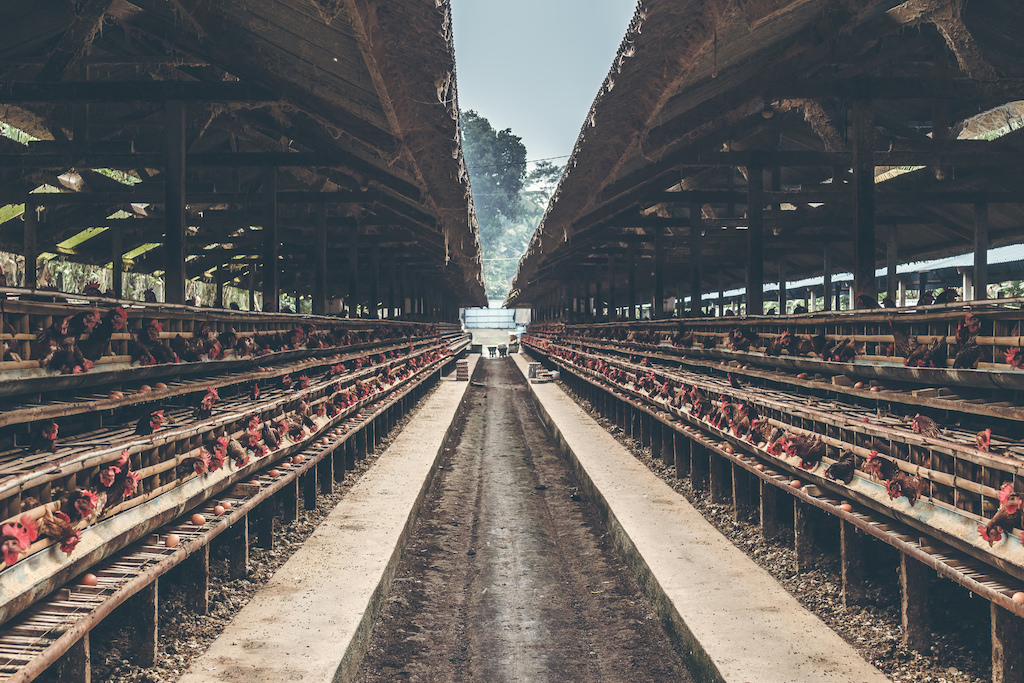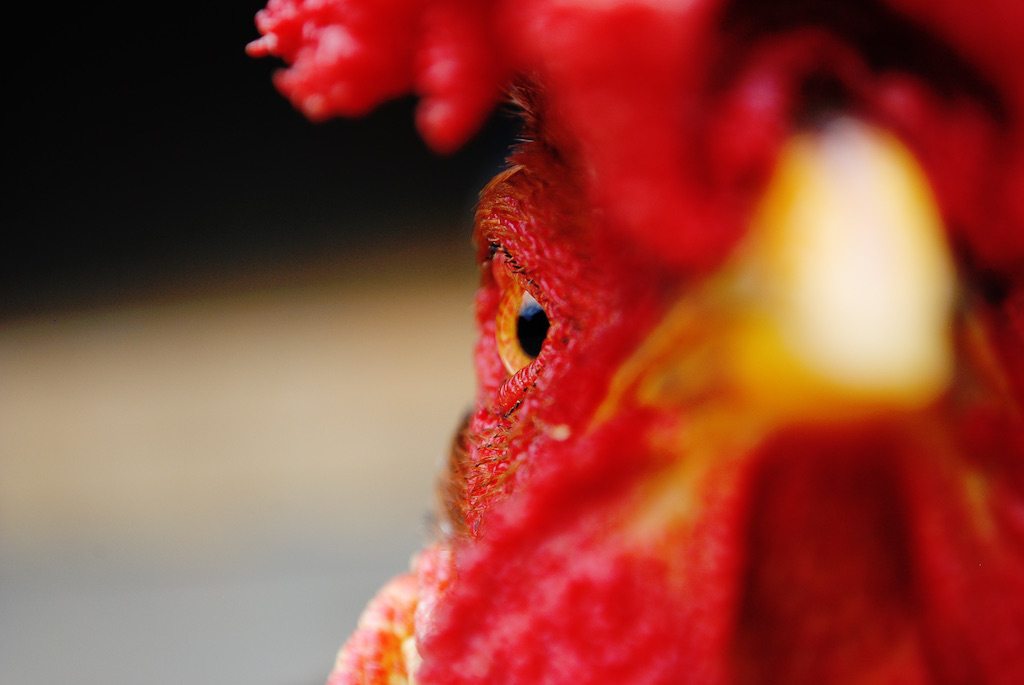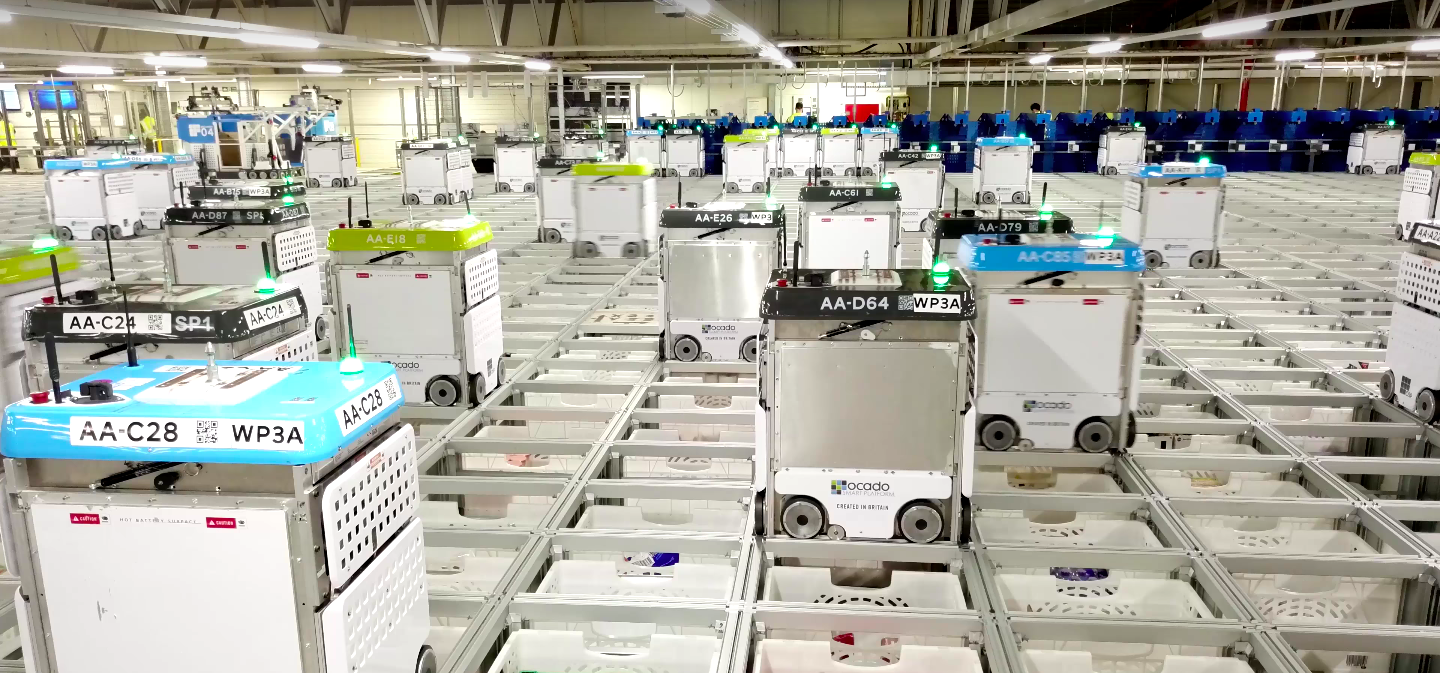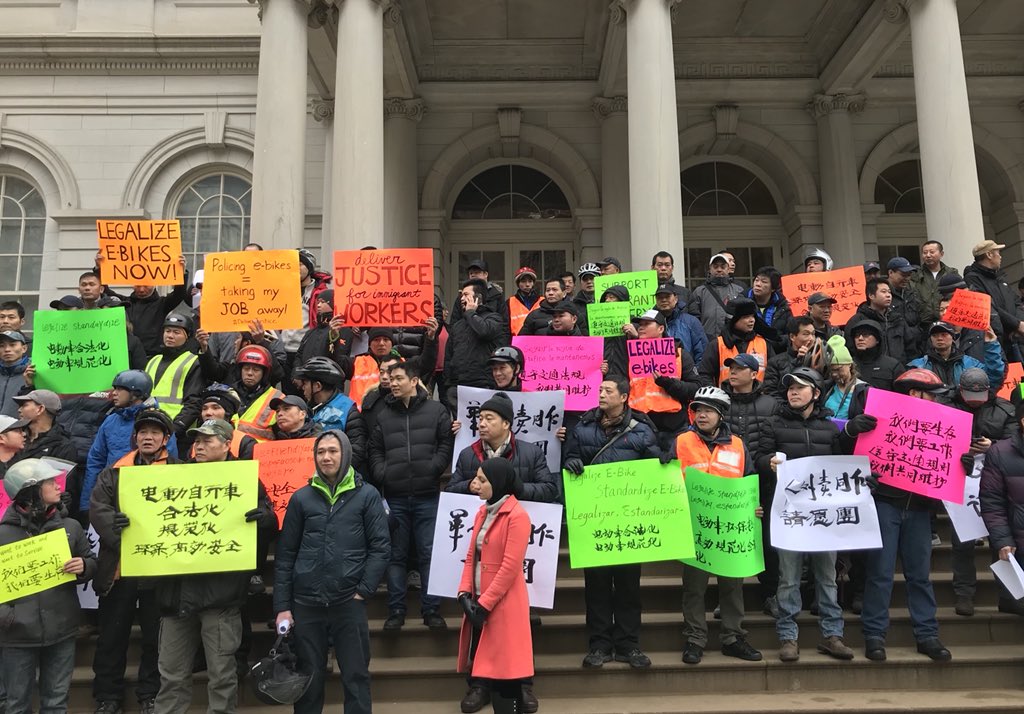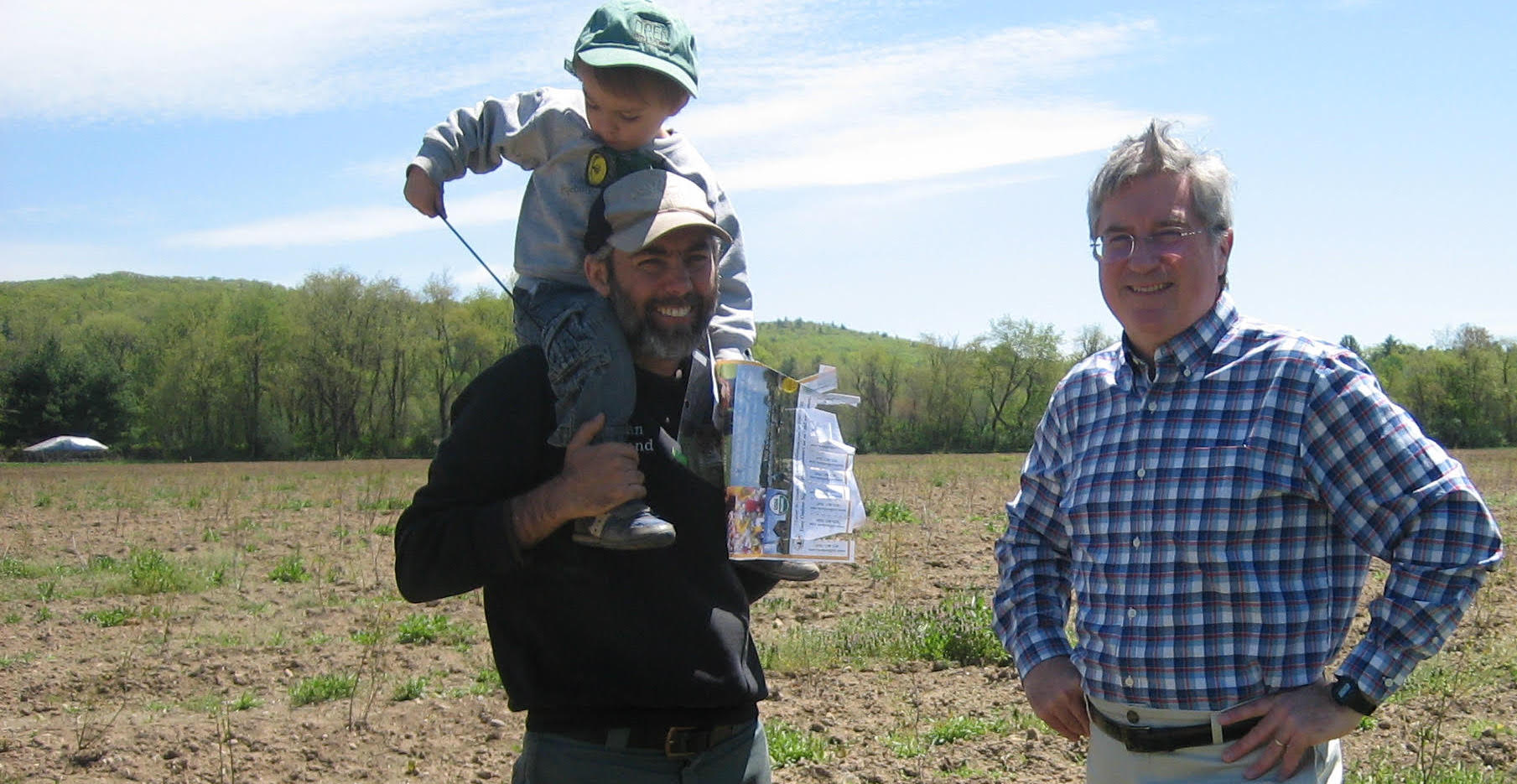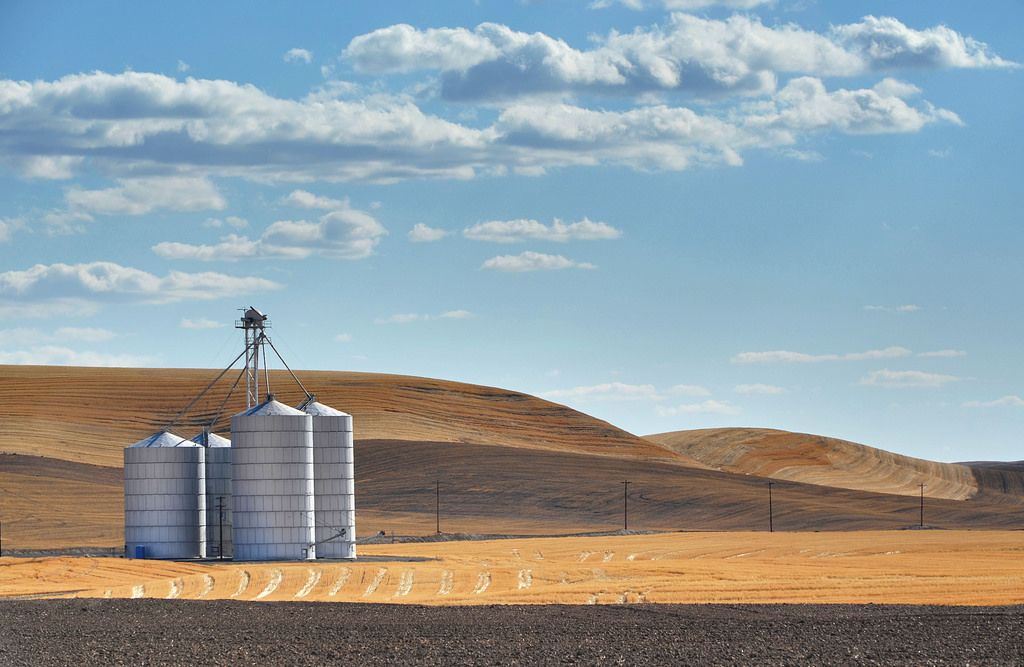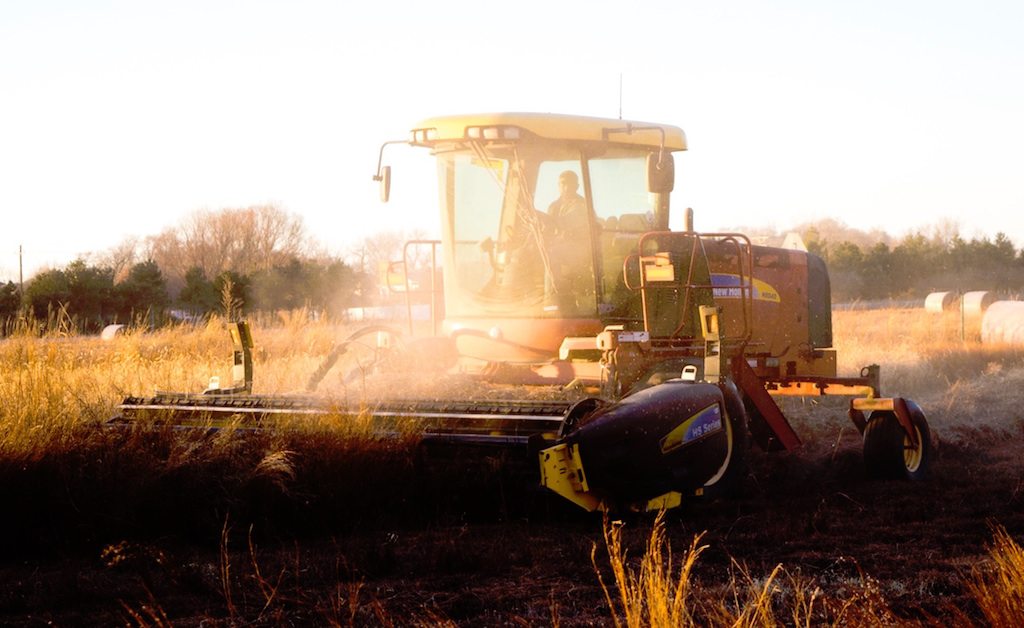Starting this week, new large-scale poultry farms can no longer be built in Oklahoma.
The temporary moratorium, which was announced by the state Board of Agriculture on Monday, comes soon after the formation of a Coordinating Council on Poultry Growth led by representative Sara Hill from the Cherokee nation and Oklahoma’s Secretary of Agriculture, the Tulsa World reports.
The recent influx of confined poultry operations in the eastern part of of the state brought the same tensions to Oklahoma they seem to bring everywhere: Neighbors voiced concerns about water and air quality, property values, and road maintenance. Oklahoma’s poultry production was worth more than half a billion dollars last year.
The Cherokee Nation issued a news release in support of the moratorium, and community environmental organizers told the World they were pleased with the decision. Representatives from the Cherokee Nation and the state Board of Agriculture did not respond to requests for comment by press time.
Secretary of Agriculture Jim Reese told the Tulsa World the halt would be temporary as stakeholders worked toward compromise on key issues. The Cherokee Nation’s press release emphasized the importance of “thoughtful changes to public policy.”
Though the temporary ban—which has not yet been given a set end-point— seems like an obvious win for environmentalists, it follows a slowdown in applications for new poultry farms. The state’s department of agriculture processed requests for 207 new poultry houses in the last year; last month, they saw no new applications. Local advocates have been calling for a moratorium since earlier this summer, but Reese told the World it was not announced sooner because of the volume of applications being processed.
Still, Oklahoma seems to be carving out a path to compromise through its new Coordinating Council on Poultry Growth. The Council brings together representatives from poultry integrators, the state Farm Bureau, local community members, state representatives, a representative from the Cherokee Nation, and the state’s water and conservation offices.
It remains to be seen whether or not this group will be able to solve the problems that have exacerbated tensions between poultry barn owners and their neighbors in the rest of the country. But the mere existence of the council, and the seeming willingness of a broad group of stakeholders to work towards a common solution, is reason for hope. By contrast, in Tonganoxie, Kansas, last year government officials kept plans for a large poultry processing plant hidden from local residents until the last minute.
Elsewhere in the country, concerned citizens have been calling for moratoria on new industrial-scale animal farms for decades. Previous efforts have seen occasional success—North Carolina, for instance, banned new and expanded swine farms that use waste lagoon systems in 1997.
Advocacy groups in Iowa and Maryland’s Delmarva Peninsula have been agitating to halt the construction of new confined animal feeding operations for years. If Oklahoma’s new model proves successful, perhaps it will spread elsewhere.
